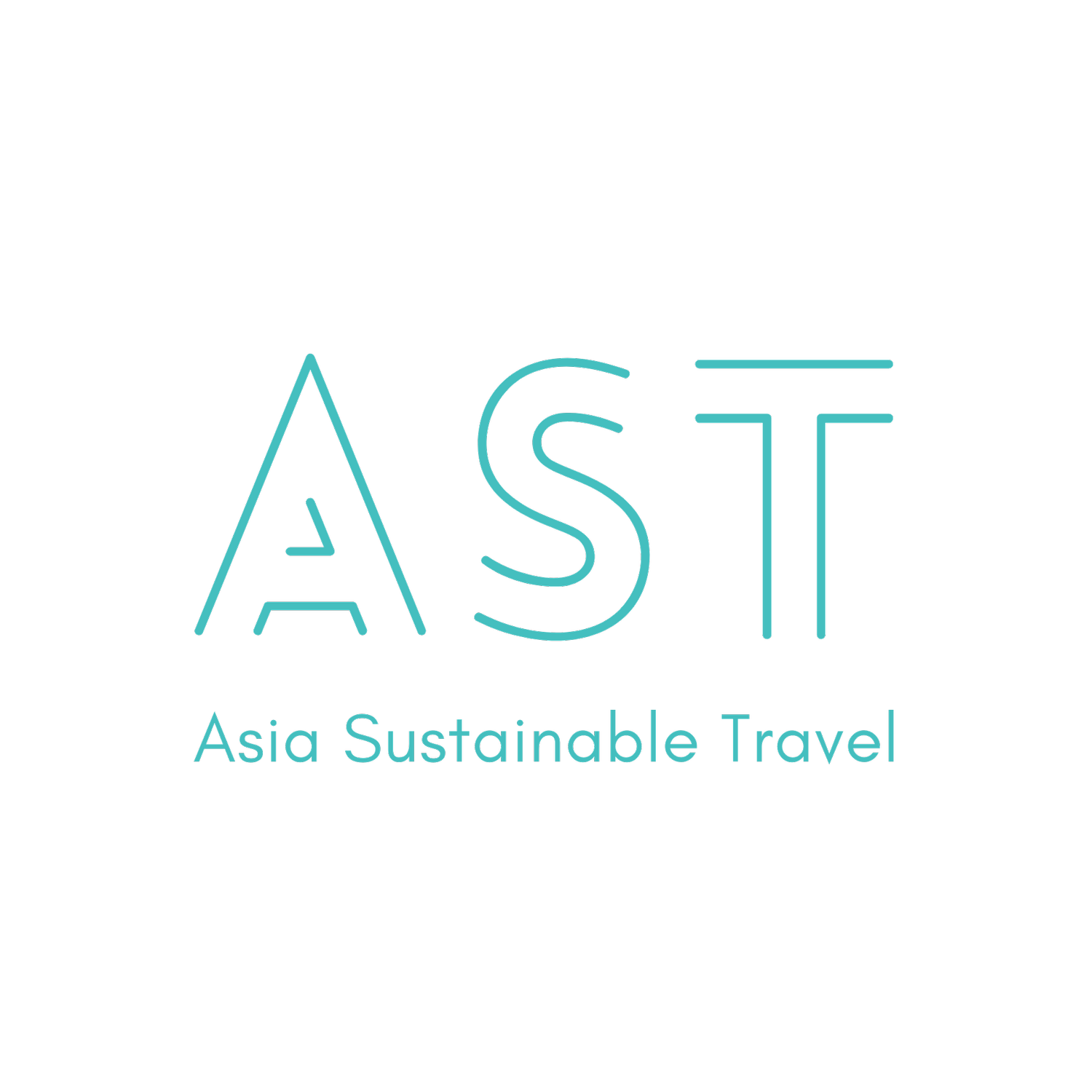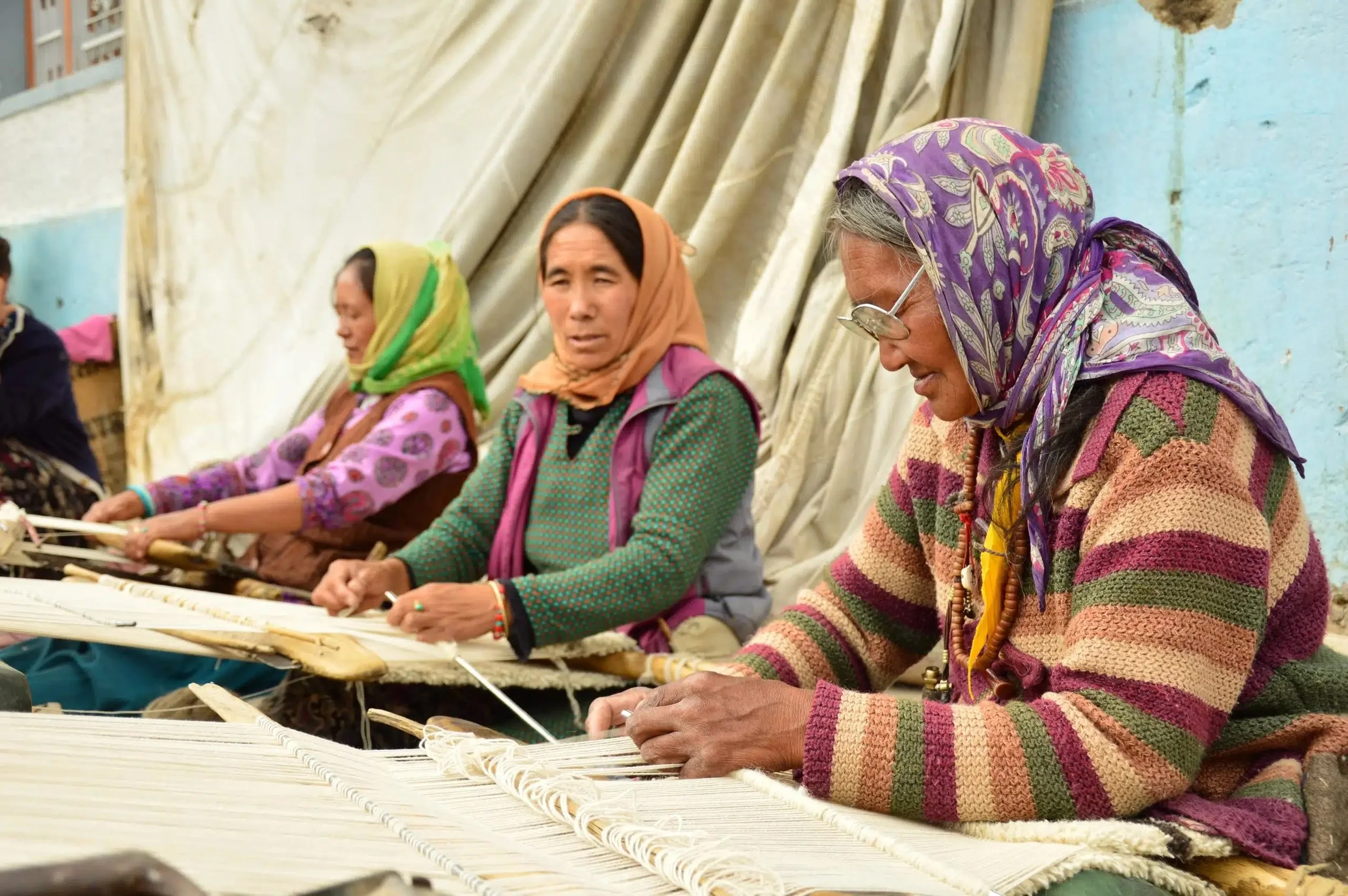Further East 2025: Regeneration in Focus Amid Bali’s Overtourism Challenges
Photo by Further East.
Further East returned to Bali at a moment when APAC’s tourism sector was being forced to confront its contradictions. For the third year, Asia Sustainable Travel arrived with a question rooted in genuine curiosity: can this conference catalyze meaningful sustainability transformation in the region – a question we posed two years ago. And how might Bali’s overtourism pressures shape that conversation?
Two years on, the efforts were palpable. The This Is Beyond team has elevated the event’s soul and substance — drawing in impact-driven organisations like Ragam Foundation, Sungai Watch, This Is Stellar, Tema Tea, I Am Sustainable Studio, and Handep. It is a sign of a maturing ecosystem: sustainability has moved from side conversations to center stage.
Yet Bali’s escalating pressure such as strained water systems, traffic gridlock, and overflowing waste — loomed over the 4-day conference like an unspoken counterargument. The elephant in the room became impossible to ignore: is it responsible to convene hundreds of travel professionals here at a moment when the island’s resources are stretched thin?
In this article, we’d like to share our unfiltered take — and the key lessons that emerged from Further East 2025.
Open House: Impact, Purpose, Regeneration — and AI — Took Center Stage
Open House has always acted as Further East’s emotional barometer. This year, the pulse felt steadier, sharper, and more urgent. The conversations across the Circle, Amplify, and Horizon stages carried an unmistakable undercurrent: the era of glossy sustainability marketing is ending. What replaces it must be execution, accountability, and system-level repair.
Interrogating AI, Not Blindly Embracing It
At the Circle Stage, Erica Fong of LUXE City Guides led the session that captured this shift best: “When Does AI Enhance Us, or Go Too Far?”
For once, the room did not marvel at AI’s novelty. It confronted its implications.
Hospitality leaders openly acknowledged AI’s growing grip on guest messaging, marketing pipelines, and operational decisions. But the subtext was clear: efficiency without guardrails invites new vulnerabilities — IP exposure, homogenized brand voice, and a widening digital divide between major hotel groups and independents.
Later on the Horizon Stage, Advant Labs’ CEO Mathew Lo and CTO Alex Liu offered a rare, behind-the-scenes look at AI’s rapid evolution — from a basic language-processing tool into a powerful engine for workflow orchestration and productivity.
Their session moved beyond theory, grounding the presentation in real-world applications, including client testimonies that revealed how their AI system is already reshaping guest personalization. It was a glimpse into a future where hospitality’s competitive edge may hinge not on adopting AI, but on understanding how to wield it with purpose.
From left: Alex Liu, CTO and Mathew Lo, CEO of Advant Labs. Photo by Further East.
Purpose as the Missing Operating System
On the Amplify Stage, impact surfaced as the defining tension line in hospitality’s future.
In “The Inner Climate: Your Impact Strategy’s Missing Link,” Stephanie Dickson challenged hotels to look inward. Her argument was that sustainability cultures cannot emerge in teams lacking psychological safety, emotional literacy, and self-awareness. Technology, infrastructure, and certifications matter, but the mindset driving them matters just as much.
Stephanie Dickson, Founder, The Wedge Asia. Photo by Further East.
The later conversation, “The Art of Reinvention: Charging a Brand with Purpose,” with Wild Origins’ Neil Jacobs and Capella’s Lexie Rodriguez, took that point even further.
As the visionary behind Six Senses, Jacobs helped redefine what modern luxury could be — conscious, experiential, and rooted in wellbeing — and now brings a rare vantage point that spans both the deep roots of high-end hospitality and the frontier of what comes next.
Together with Rodriguez, he unpacked the friction between legacy brand identity and the urgent need for reinvention.
The dialogue was a reflection on what a world-class brand must demand from day one, and where hospitality must evolve to remain relevant, bold, and unmistakably human.
From left: Neil Jacobs, Founder of Wild Origins and Lexie Rodriguez, VP - Lifestyle, Capella Hotel Group. Photo by Further East.
Why Does Bali Need Regeneration?
On the Horizon stage, then came one of the most anticipated sessions of the day: “How to Construct & Refine Regenerative Design,” moderated by the author, featuring Rigzin Lachic, Founder of Dolkhar Ladakh, Radit Mahindro, Senior Director of Marketing, Desa Potato Head, and Maitri Fischer, Co-Founder & CTO, Eco-Mantra.
From left: Jeremy Tran, Co-Founder, Asia Sustainable Travel; Rigzin Lachic, Founder of Dolkhar Ladakh; Maitri Fischer, Co-Founder & CTO, Eco-Mantra; and Radit Mahindro, Senior Director of Marketing, Desa Potato Head. Photo by Further East.
The panel challenged the industry and Bali to move past sustainability as a defensive tactic — and toward regeneration as an active responsibility.
“If you’re in an untouched place, sustainable design might be enough,” Fischer argued. “But if you’re in Bali, sustainable design is no longer sufficient. We must move towards regenerative design.”
Regeneration reframes tourism entirely. As Maitri noted, tourism doesn’t behave like a traditional sector — it acts as a system integrator, touching food systems, water infrastructure, transport networks, cultural heritage, and governance. A regenerative hotel cannot exist in isolation; it requires regenerative supply chains, regenerative communities, and regenerative ecosystems.
Mahindro brought this reality home with a powerful reflection he previously shared in Travel + Leisure Asia: “Tourism here isn’t just a business model. It’s a design language, a core memory, a performance. And behind every welcome drink and infinity pool lies a quiet question: Who is this version of Bali for?”
When pressed on how regenerative design might answer that question, he didn’t hesitate. In the past century, Bali’s tourism sector has been shaped and packaged for outsiders — and post-pandemic demand has only intensified the strain. Tensions between locals and visitors are surfacing in ways he has never witnessed. The island’s famed hospitality is being tested.
That is precisely why regenerative frameworks matter. They shift the focus from building for tourists to building with and for the community to make a destination a more desirable place to visit and live in.
Examples of Regenerative Designs
If sustainability asks us to neutralize harm, regeneration asks a far more ambitious question: how can the places we build become engines of ecological and cultural renewal?
Two projects, Dolkhar in Ladakh, India and Begawan Biji in Bali, Indonesia outlined in the “How to Construct & Refine Regenerative Design” panel discussion offer early glimpses of what that regenerative future could look like.
Case Study: Dolkhar in Ladakh, India
High in the Indian Himalayan Region — part of the fragile Hindu Kush Himalayas, often called the planet’s “third pole” — climate stress is accelerating. Glaciers are retreating, weather patterns are destabilizing, and the 1.4 billion people who depend on the region’s waterways are increasingly vulnerable.
Tourism is frequently positioned as the culprit. Yet for Dolkhar, it is also the backbone of local livelihoods. Dolkhar’s approach demonstrates that tourism, when designed regeneratively, can become part of the solution.
The project was built using compressed stabilized earth blocks, willow, and poplar wood — all crafted by 40 Ladakhi artisans using traditional techniques. What sets Dolkhar apart is not only the materials but the philosophy: integrating ancestral craftsmanship with modern engineering to create structures that are energy-efficient, culturally grounded, and climate-resilient.
The result is a zero-waste, zero-plastic hospitality model where solar design allows the property to remain open year-round — giving guests access to Ladakh’s full seasonal rhythm, from spring blossoms to winter wildlife.
Most importantly, the construction process brought pride and ownership to local craftspeople. Rather than bringing in contractors, Dolkhar invested in upskilling local craftspeople, preserving techniques at risk of disappearing while giving a livable income to those involved.
“Regeneration is not just about what we build — it’s about how we live, work, and tell stories through the spaces we create,” says Rigzin.
Photos by Dolkhar.
Case Study: Begawan Biji in Bali, Indonesia
Just outside of Ubud in Bali, Begawan Biji is a living canvas of what the island’s countryside could potentially look like, but its beauty is only the beginning of the story. The restaurant sits on land shaped by the rhythms of regenerative rice farming and the Bali Starlings rehabilitation center. Architect Conchita Blanco preserved the familiar silhouettes of Balinese architecture, but beneath that familiarity lies a deeply engineered environmental system created with Eco-Mantra.
Heat is not generated but moved, thanks to a high-efficiency heat pump that reduces energy use. Water is monitored throughout the property, ensuring leaks are caught before they waste precious resources. Wastewater is treated through a living garden system that restores wetland species and replenishes groundwater.
And then there is the most unexpected layer: every bit of the restaurant’s profit goes directly into education programs for rural children. In a place where tourism revenue rarely reaches the communities most affected by its pressures, Begawan Biji flips the script. Hospitality becomes a vehicle for community upliftment, not just guest experience.
Photos by Begawan Biji.
What Further East 2025 Tells Us About Travel’s Future
Bali, with all its beauty and contradictions, has become a mirror reflecting the true cost of unmanaged tourism. It forces our industry to confront a question we’ve conveniently avoided: How do we keep promoting destinations already stretched to their ecological and social limits? And at what point do we accept that some places need space to breathe, recover, and recalibrate?
As a sustainability-led conference and marketplace, it demonstrated both its power and its limits. It remains one of the industry’s most imaginative, inclusive, and influential gatherings — a welcoming space for honest dialogue, meaningful connection, and business with purpose.
Yet the paradox persists: how do we champion regenerative travel beyond the conference halls and help Bali — the host destination — navigate and recover from an overtourism crisis that has stretched its resources to the brink?


















